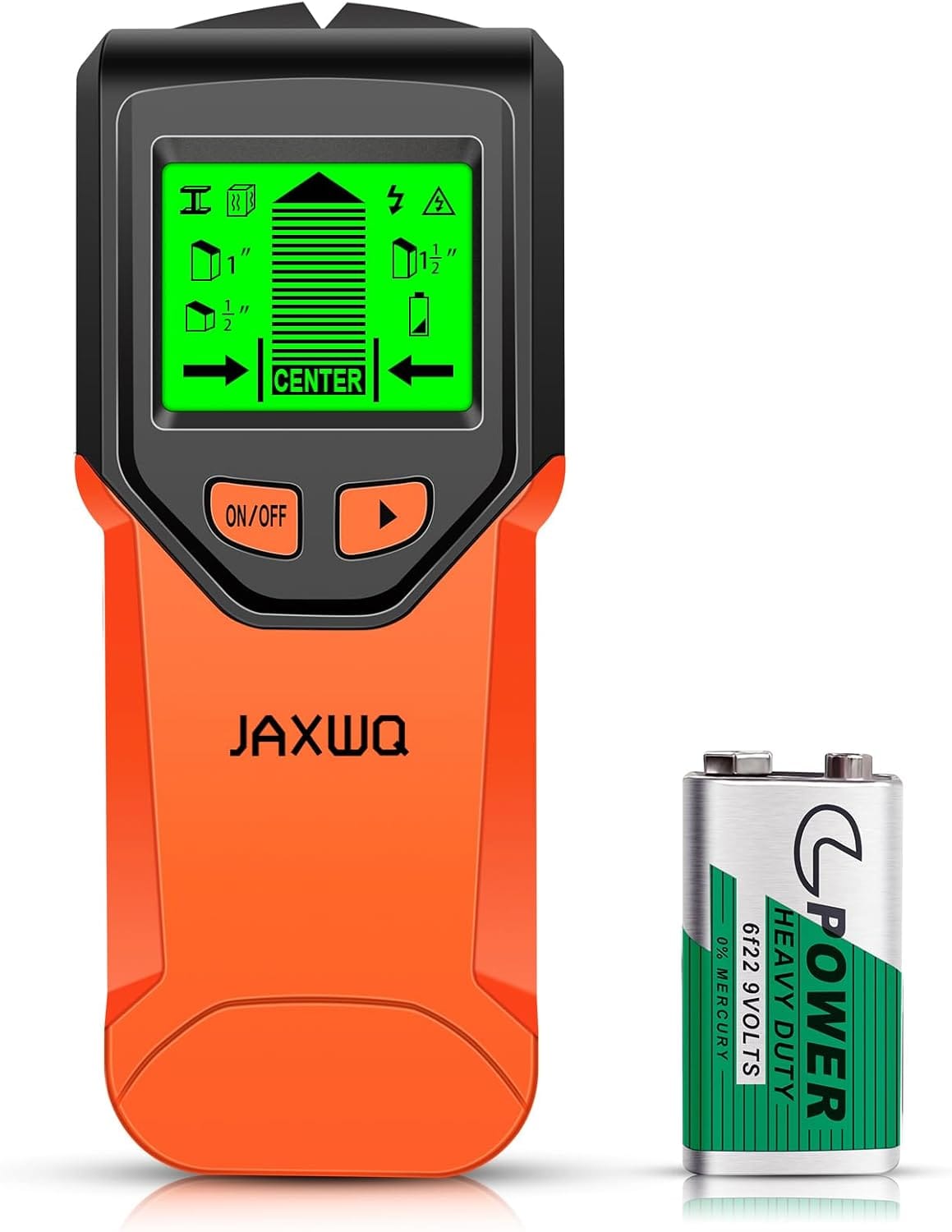Introduction
Hanging a heavy picture or installing a shelf can turn into a headache if you don't locate the studs behind your walls first. Finding studs isn’t just about saving time; it’s about doing safer, more precise work. Using the wrong tool can lead to wall damage or even injury. That’s why choosing the best stud detector wall scanner is crucial. This guide will help you understand the key features, different types, and how to pick the perfect device for your needs.
What Is a Stud Detector Wall Scanner?
Definition and Functionality
A stud detector wall scanner is a handy tool that helps you find studs inside the wall. Unlike simple magnetic finders, these use electronic signals to detect materials behind the wall. They scan for wood, metal, or electrical wires, providing clear, accurate info on where studs are located.
Why Use a Wall Scanner?
With a good wall scanner, you can drill or nail with confidence. They work on various wall types—drywall, plaster, even concrete—saving you from accidentally hitting wires or pipes. For both DIYers and pros, these tools make renovation safer and more efficient.

Types of Stud Detectors and Wall Scanners
Magnetic vs. Electronic Stud Finders
Magnetic stud finders use magnets to locate nails or screws embedded in studs. They're simple and cheap but can be unreliable on walls with few metal fasteners. Electronic scanners, on the other hand, detect changes in wall density and can find studs even when metal isn't visible. They are more precise and easier to use.
Wall Scanner Technologies
Here’s a quick look at different detection methods:
- Radar-based scanners: Use sensors similar to radar to scan deeper into walls. They work well for thick walls or detecting multiple objects behind the surface.
- Capacitive sensors: Detect changes in the wall's electrical properties. These are great for drywall and plaster.
Features to Consider in a Wall Scanner
Look for models with:
- Good depth detection—at least 1 inch, some go up to 1.5 inches or more.
- Clear display types—LED indicators are basic, but LCD screens give more info.
- Auto-calibration—makes setup quick and accurate.
- Extra features like warning signals for live wires or pipes.
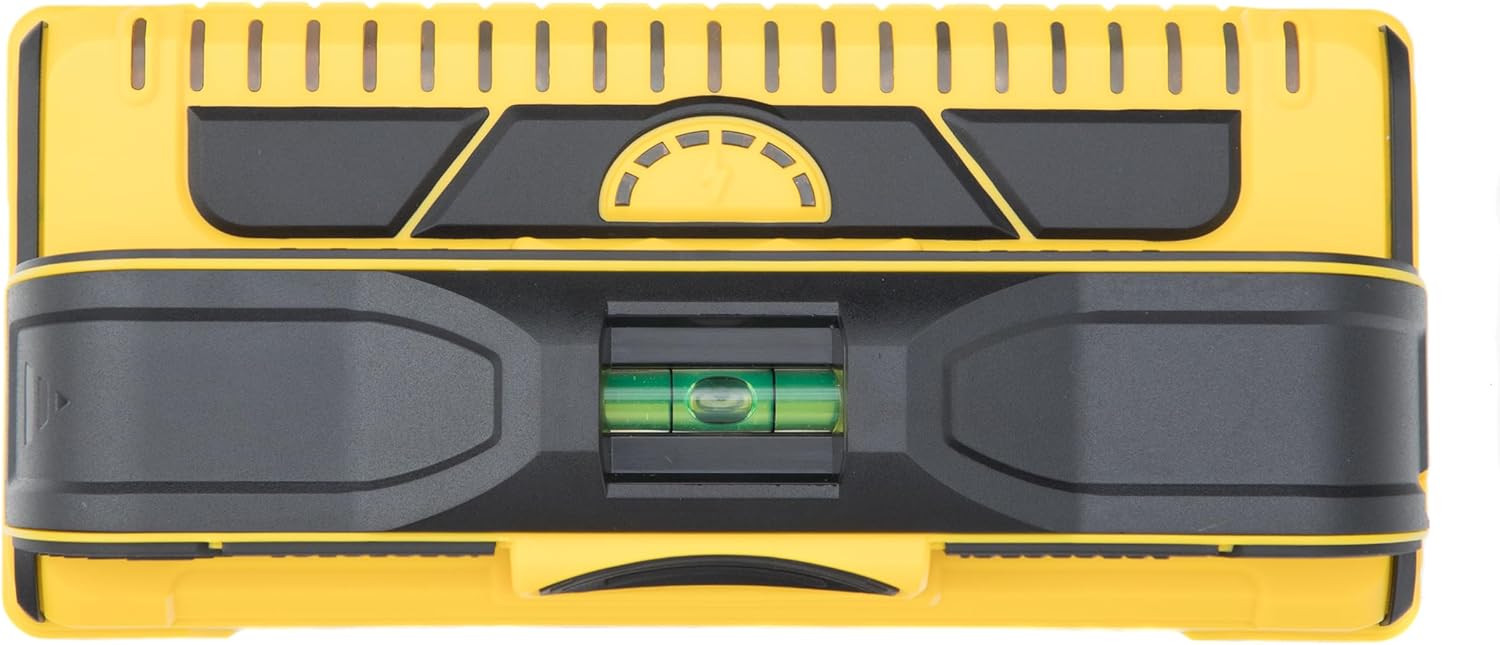
Key Features to Look for in a Stud Detector Wall Scanner
Accuracy and Reliability
High sensitivity is everything. The best devices clearly show where studs are and avoid false alarms. Read reviews and check product specs to find a reliable model.
Ease of Use
A comfortable grip, simple buttons, and clear instructions make your job easier. A user-friendly interface is especially helpful for beginners.
Detection Depth and Wall Compatibility
Ensure the scanner can handle your wall material and thickness. Some models work better on drywall, others on concrete—choose one that suits your project.
Additional Safety Features
A good wall scanner should warn you about live electrical wires. Multiple detection modes also come in handy when working on complex projects.

How to Use a Wall Scanner for Best Results
Preparation Before Scanning
Before starting, clear the wall of decorations or furniture. Read the user manual thoroughly—every model has its quirks.
Proper Scanning Technique
Hold the device flat against the wall. Move it slowly in horizontal and vertical lines. Mark the stud edges with a pencil once detected. Double-check your marks by scanning again from different angles.
Tips for Different Wall Types
- For concrete or brick walls, adjust sensitivity settings.
- Use extra patience with textured or insulated surfaces, as they can interfere with detection.
Maintenance and Troubleshooting
Keeping Your Scanner in Top Condition
Store your device in a protective case. Remove batteries if you won’t use it for a while. Regularly check calibration by scanning a known stud.
Common Issues and Fixes
- Sometimes the device gives false alerts—try recalibrating.
- If it isn't detecting studs, check the batteries or walls for thick insulation.
- Moving the scanner slowly and steadily improves accuracy.
3 of the Top Stud Detector Wall Scanners Available on Amazon
We hope you find your next awesome thing from the list below! Each product was independently selected by our editors. Some may have been sent as samples for us to fiddle with, but all opinions in this article are our own. Oh, and FYI — AnnesAnalytics may collect a share of sales or other compensation from the links on this page if you decide to buy something (that's how we stay in business). Reviews have been edited for length and clarity. Enjoy finding your next awesome thing.
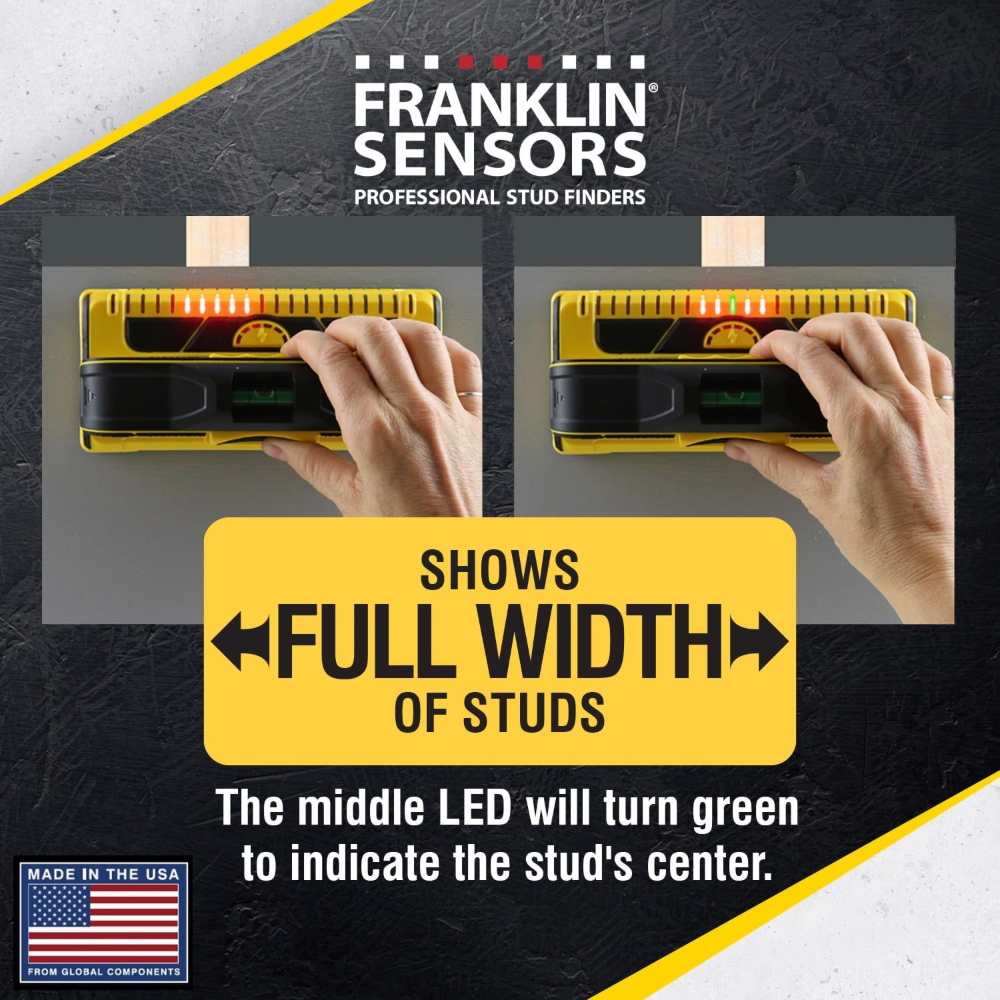
Franklin Sensors ProSensor M210 Stud Finder with 13-Sensors
Wood & Metal Stud Detector/Wall Scanner, Live Wire Detection
Why We Love This
The ProSensor M210 uses 13 sensors to find studs more accurately than most other tools. This helps you locate the center of wall studs without guessing. It also has a live wire detector, so you know if wires are behind the wall before you drill. That makes drilling safer and lowers the chance of hitting live wires. The sensors respond quickly and reliably, giving you confidence every time you scan. With this smart tech and safety features, the M210 makes working on walls easier and safer.

Encouraging Review
"This is the first of four stud detectors I’ve owned which doesn’t wig out when there’s a wire in the area. It will alert me to the presence of a wire while at the same time showing me exactly where both edges of the stud are located. Why can’t the others do that? They just go crazy flashing/beeping and ignore the stud. Useless! I love this Franklin Tool. It does the job." Amazon Review by Be Well
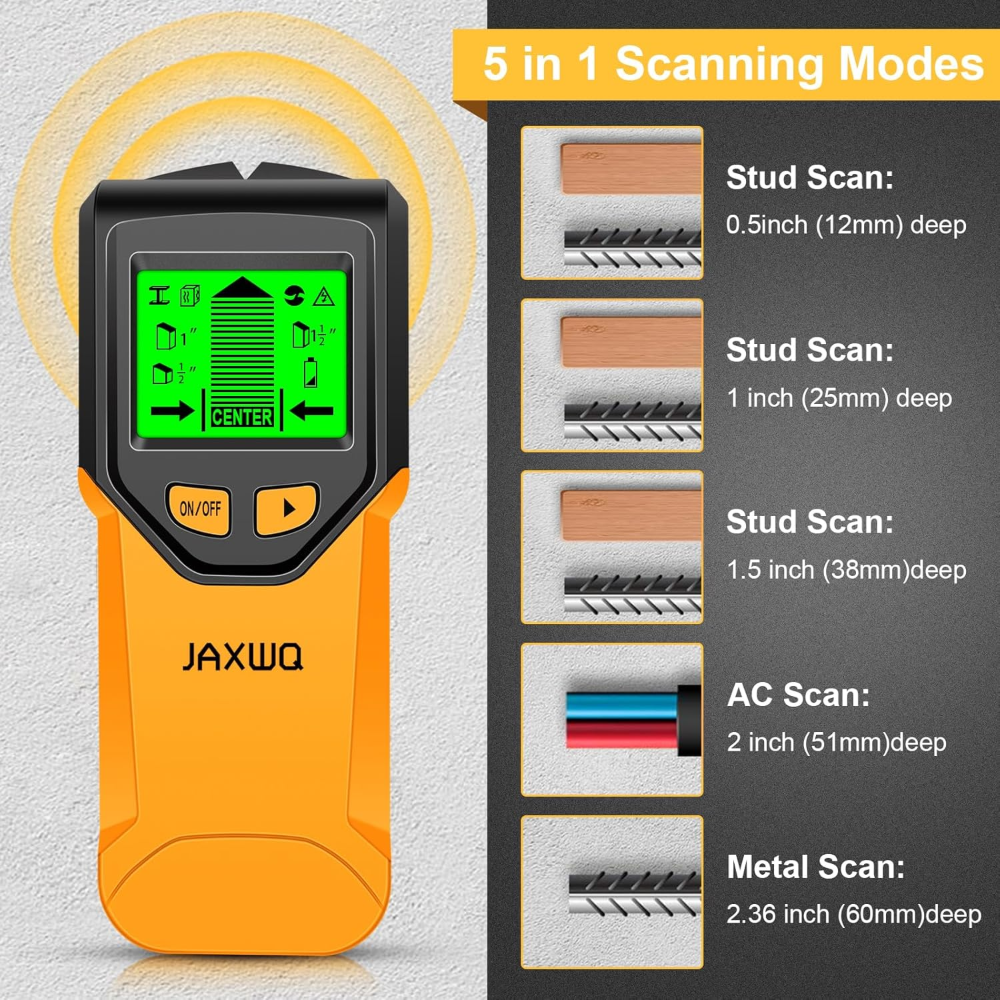
Stud Finder Wall Scanner
5 in 1 Stud Finder Tool w/Microprocessor Chip and HD LCD Display, Stud Detector Beam Finders for the Center and Edge of Wood AC Wire Metal Studs Joist Pipe
Why We Love This
This wall stud finder has a smart sensor chip that’s very sensitive. It finds the edges and centers of metal, studs, pipes, joists, and live wires behind walls, ceilings, and floors. It works quickly, saving you time and effort. It’s a great tool for professionals, homeowners, and DIY fans who want fast and reliable results.
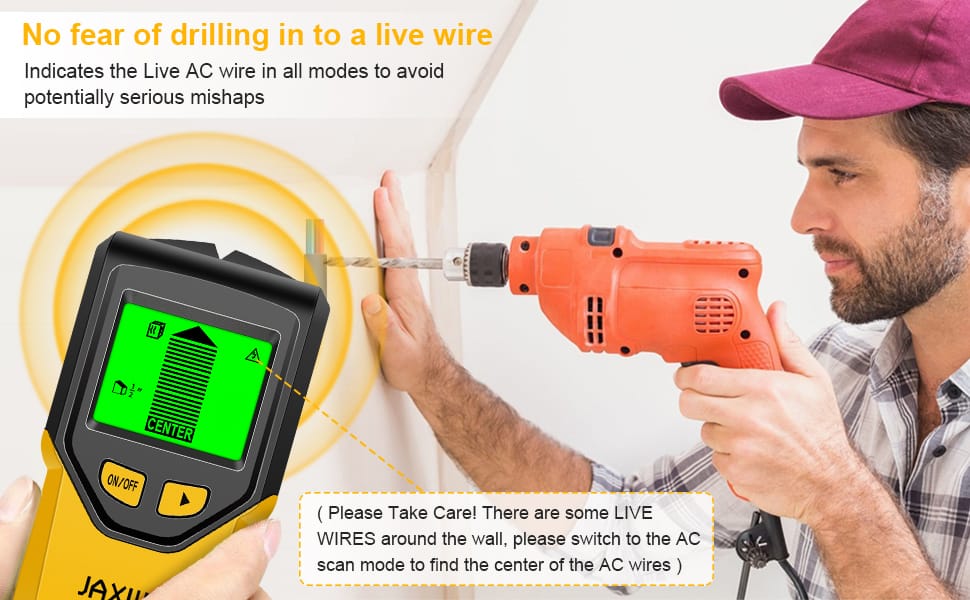
Encouraging Review
"The item arrived promptly, was packaged well and included clear instructions. I needed to find a stud so I could anchor a cabinet and it did a great job locating the studs in the wall." Amazon Review by EdR
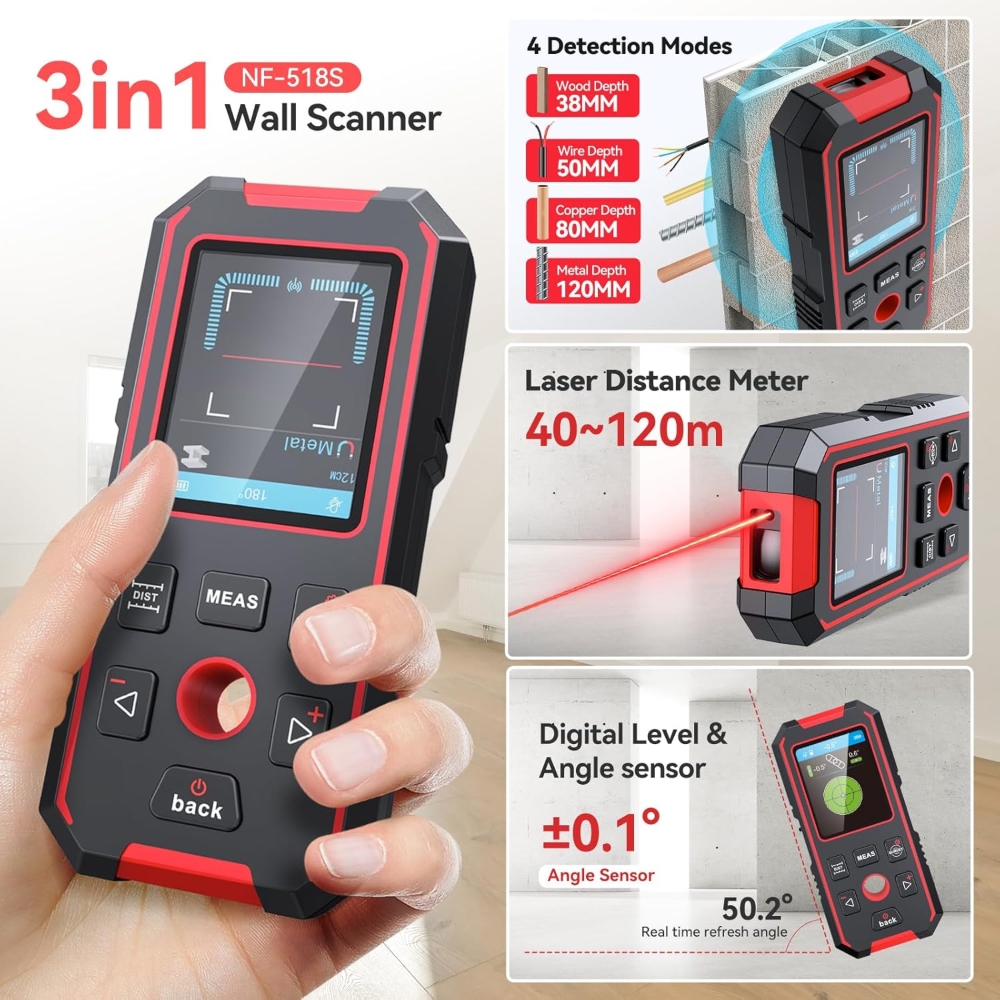
NOYAFA Stud Finder Wall Scanner
3 in 1 Stud Finder & Laser Distance Meter & Digital Level, Rechargeable Wall Detector for Wood AC Live Wire Metal Studs Detection, Laser Measure 60M/196ft
Why We Love This
The NOYAFA NF-518S Stud Finder is a handy 3-in-1 tool that spots hidden wires and pipes inside walls. It also measures distances up to 196 feet using a laser. On top of that, it has a built-in level and angle gauge to help with your projects. This tool saves time and makes work simpler. It uses accurate tech to deliver quick, reliable results. The laser is safe, with less than 1 milliwatt power. Whether you’re a pro, a homeowner, or a DIY fan, this tool fits many tasks well.
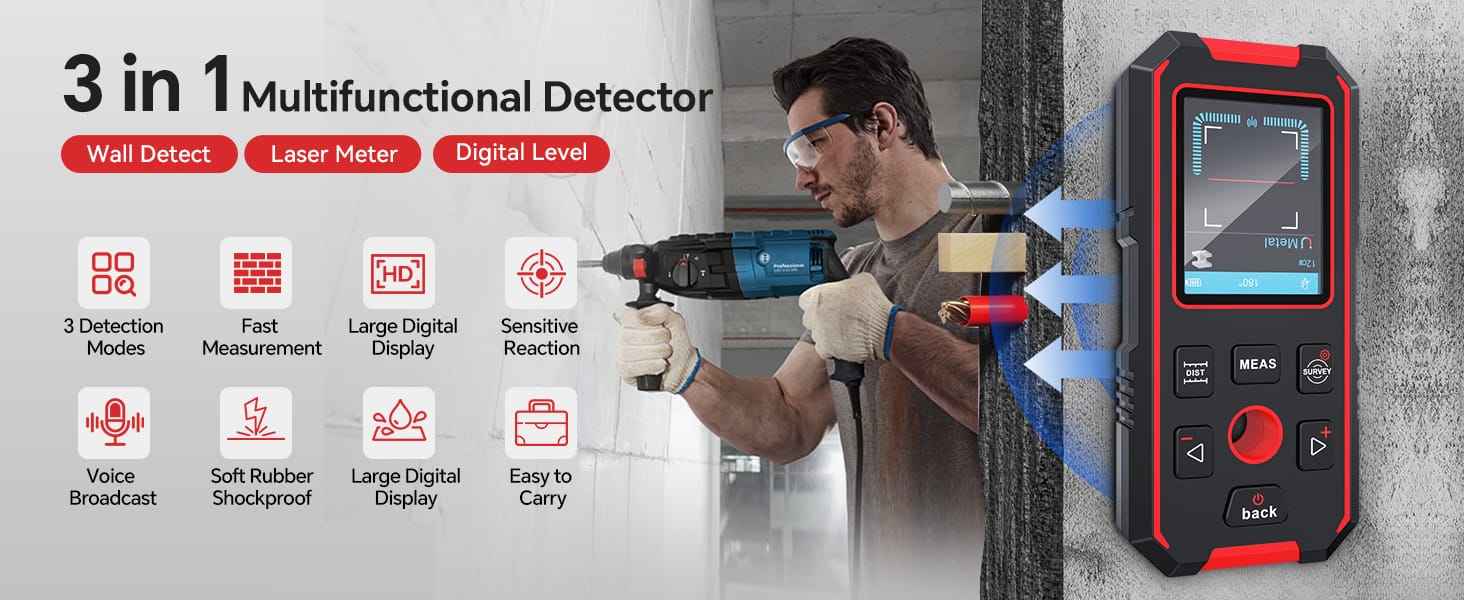
Encouraging Review
"Works just as described and better than any other I’ve ever used." Amazon Review by Jeremy
Conclusion
Choosing the right stud detector wall scanner is a game-changer for home projects. Look for reliability, ease of use, and safety features when shopping. A quality scanner helps you work faster and safer, preventing wall damage and accidents. Remember, always test your scanner on a known stud first—better safe than sorry. Invest wisely, and your walls will thank you.
Ready to upgrade your toolbox? A dependable wall scanner makes all the difference in your next project. Happy drilling!

